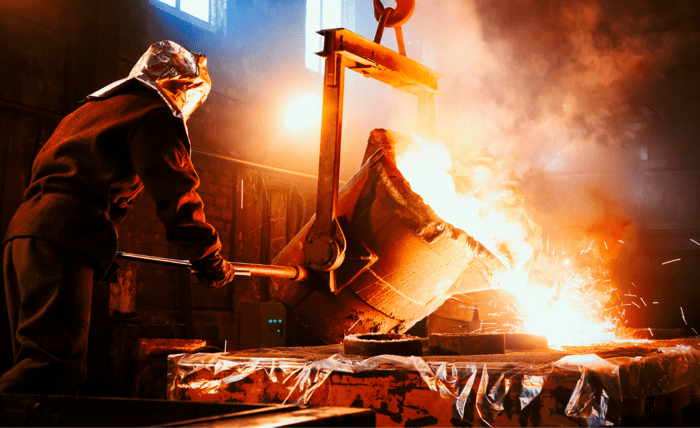The manufacturing industry relies heavily on materials with high strength and durability, such as iron and steel. For companies looking to produce parts with precision and reliability, utilizing specialised iron and steel casting services can offer numerous advantages. These services are essential for producing high-quality components used in a wide range of applications.
Contents
Understanding Iron and Steel Casting
Casting is a process that involves pouring molten metal into a mould to create a desired shape. Iron and steel castings are among the most common, thanks to their superior mechanical properties. The alloys are chosen for their strength, wear resistance, and ability to withstand extreme conditions.
The Process of Casting
The casting process begins with the creation of a pattern that forms the core of the mould. Once the mould is set, molten metal is poured into it and allowed to cool and solidify. After cooling, the casting is removed, and any excess material is trimmed away to achieve the final product. This method allows for great flexibility in design and is ideal for producing complex shapes.
Advantages of Iron and Steel Casting
One of the primary benefits of iron and steel casting is the ability to create detailed and complex geometries that would be difficult to achieve with other manufacturing methods, such as machining or metal forming. Additionally, casting can be more cost-effective, particularly for large production runs.
Durability and Strength
Iron and steel castings are prized for their strength and longevity. Components made from these materials can withstand significant stress and wear, making them ideal for high-impact applications such as automotive, aerospace, and heavy machinery industries.
Versatility in Applications
The versatility of casting is another significant advantage. Iron and steel castings are used in a broad array of industries, ranging from construction and automotive to oil and gas. This versatility is due to the adaptable nature of casting techniques, which allow for the creation of a wide variety of parts and components.
Cost-Effectiveness
When it comes to large-volume production, casting can offer substantial cost savings over other techniques. The ability to reuse moulds for multiple castings results in economies of scale that reduce per-unit costs. Furthermore, the process minimises waste material and requires less machining.
Precision and Accuracy
Modern advancements in casting technology have improved the precision and accuracy of cast parts. Techniques such as investment casting and sand casting enable manufacturers to produce parts with tight tolerances, ensuring consistency and reliability across production runs.
Choosing the Right Casting Service
Companies seeking to leverage casting processes need to partner with experienced providers that offer robust capabilities. Experienced casting services offer expertise in selecting the right alloy and process for specific applications, ensuring the highest quality results.
Quality Control
Quality control is paramount in the casting industry. Reputable service providers employ rigorous testing and inspection methods to ensure that each component meets industry standards and specifications.
Environmental Considerations
Modern casting facilities are increasingly focused on sustainability. Efforts are being made to reduce emissions, improve energy efficiency, and minimise waste. This approach not only benefits the environment but also aligns with the growing demand for eco-friendly manufacturing practices.
Conclusion
For industries that require durable, precise, and versatile components, iron and steel casting services are indispensable. By understanding the casting process and choosing the right service provider, companies can benefit from cost-effective solutions that do not compromise on quality. As technology advances, these services will continue to evolve, meeting the demands of modern engineering and production challenges.





